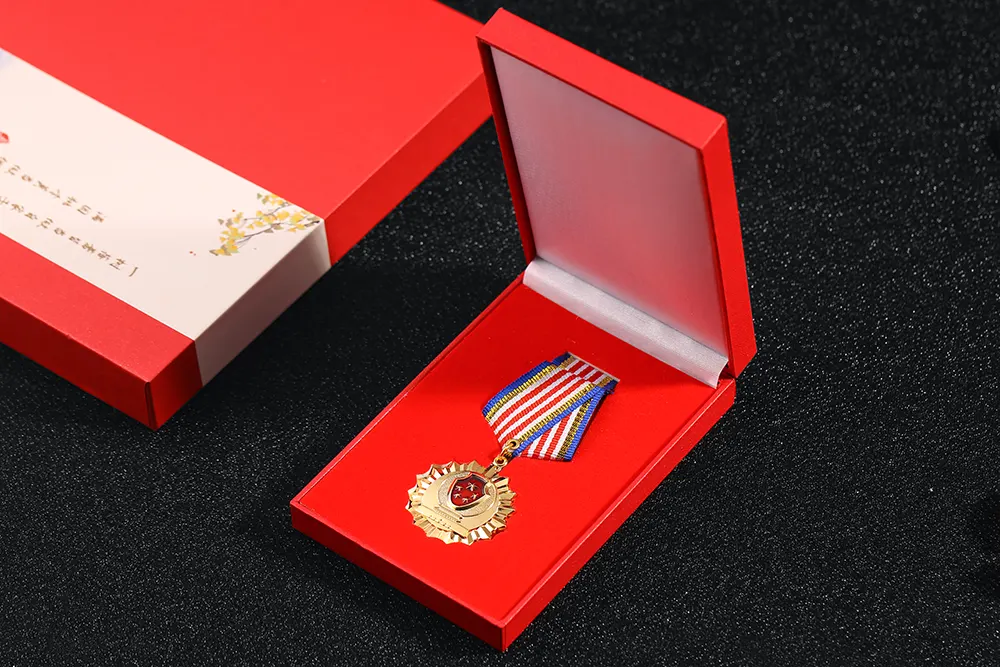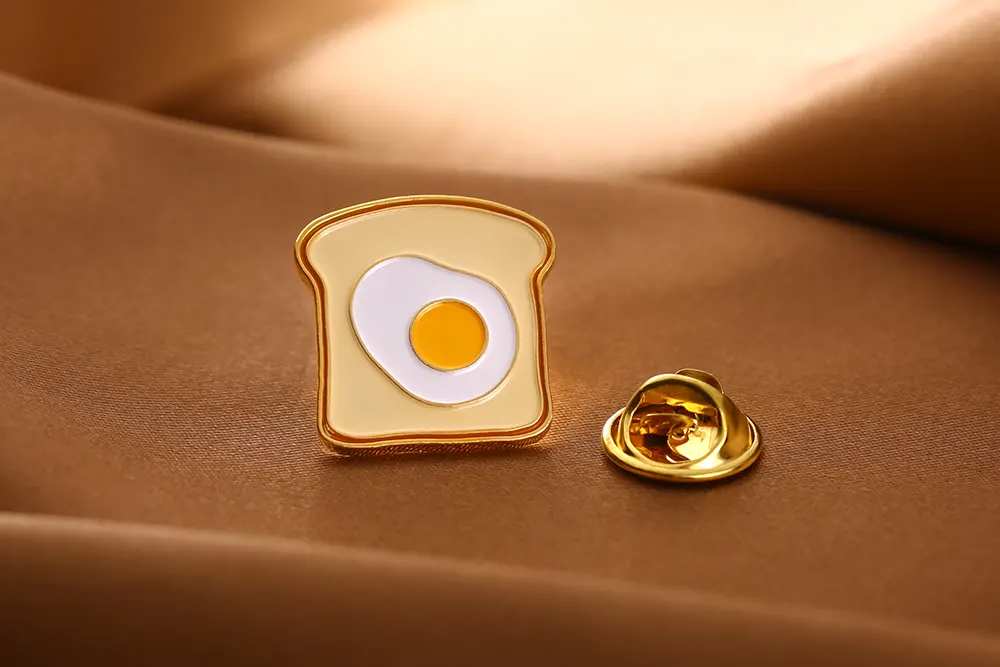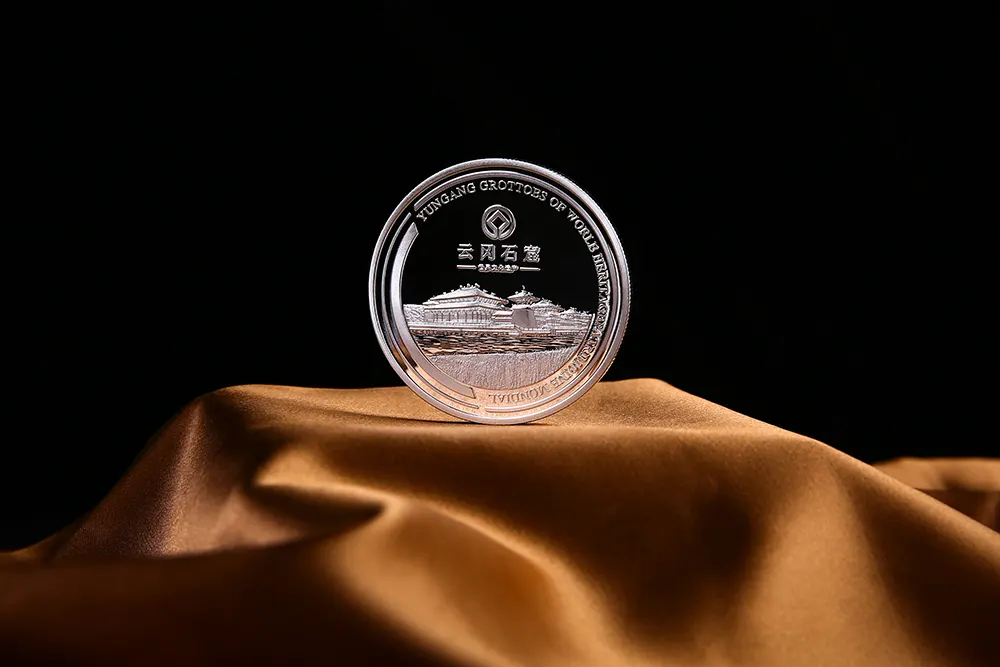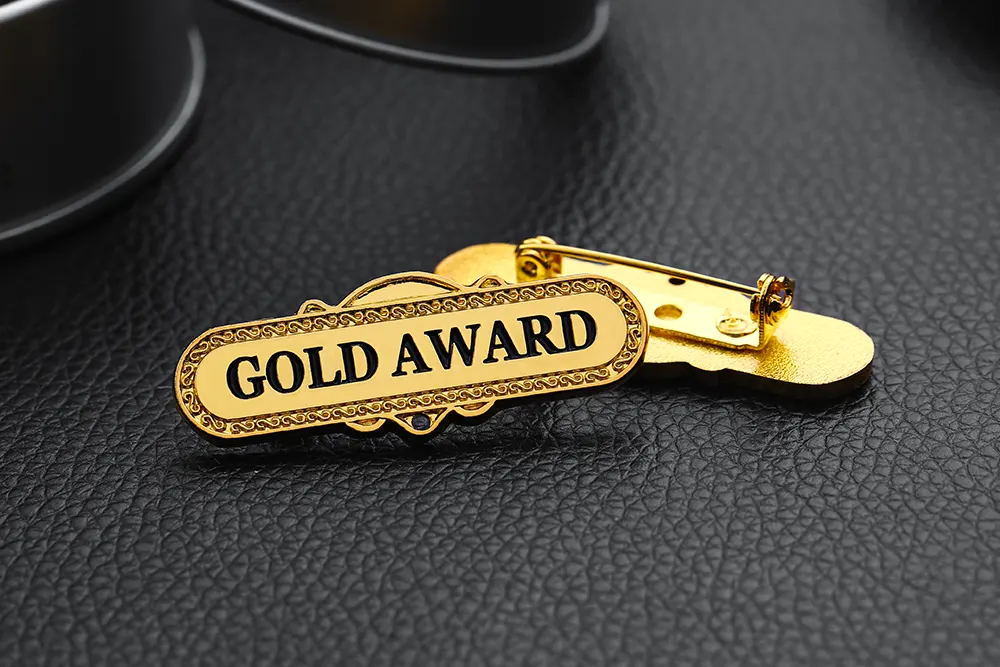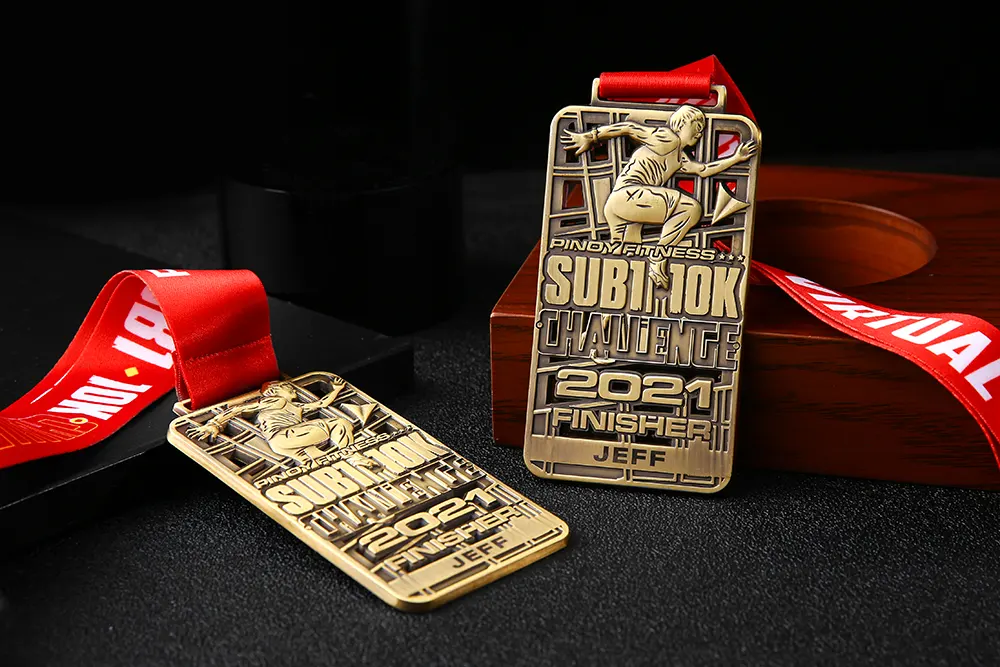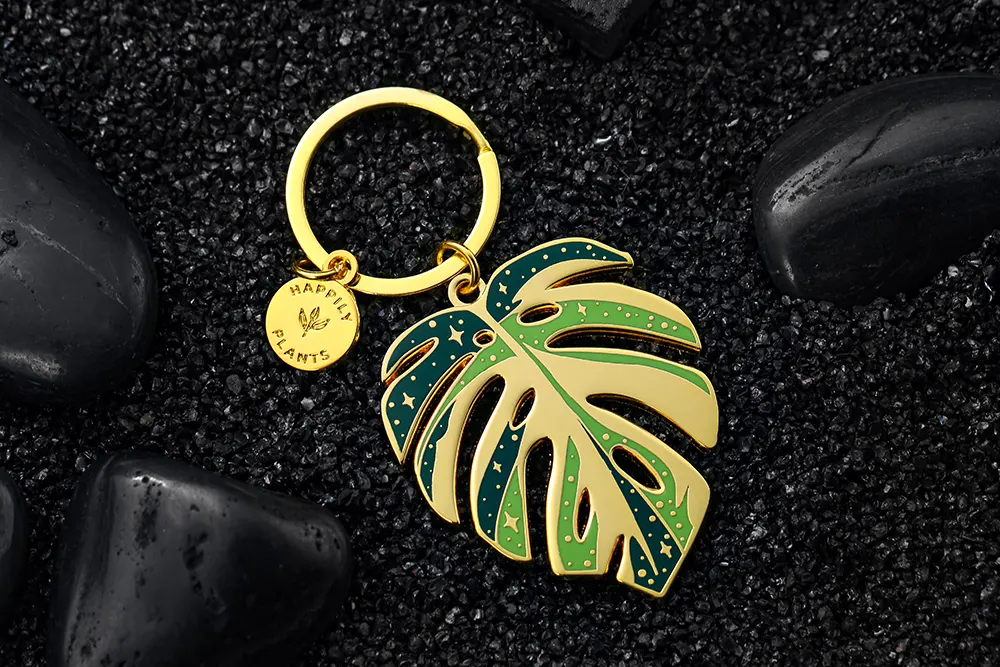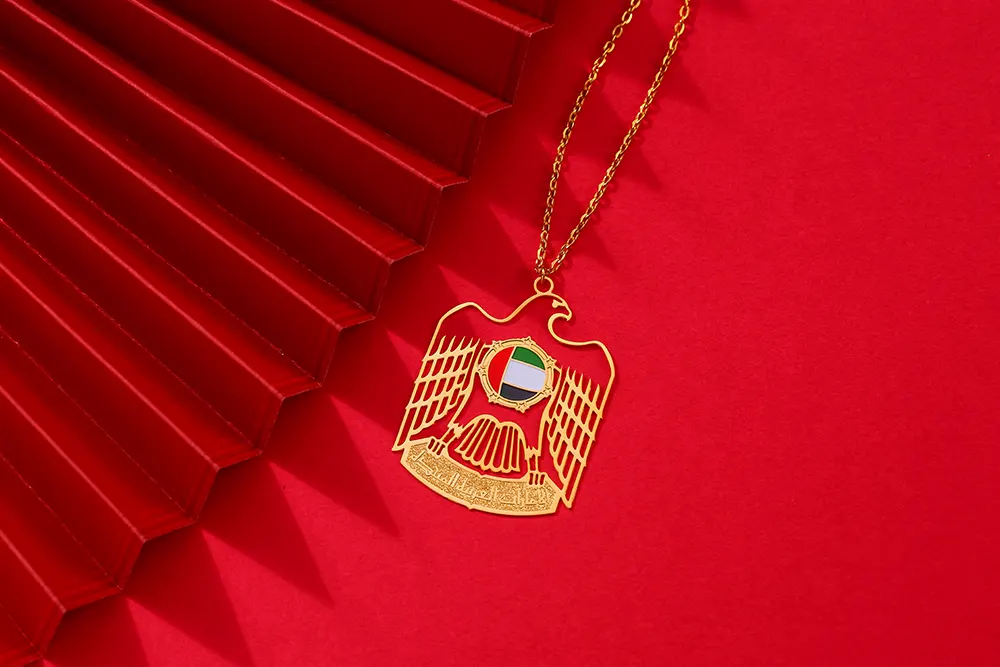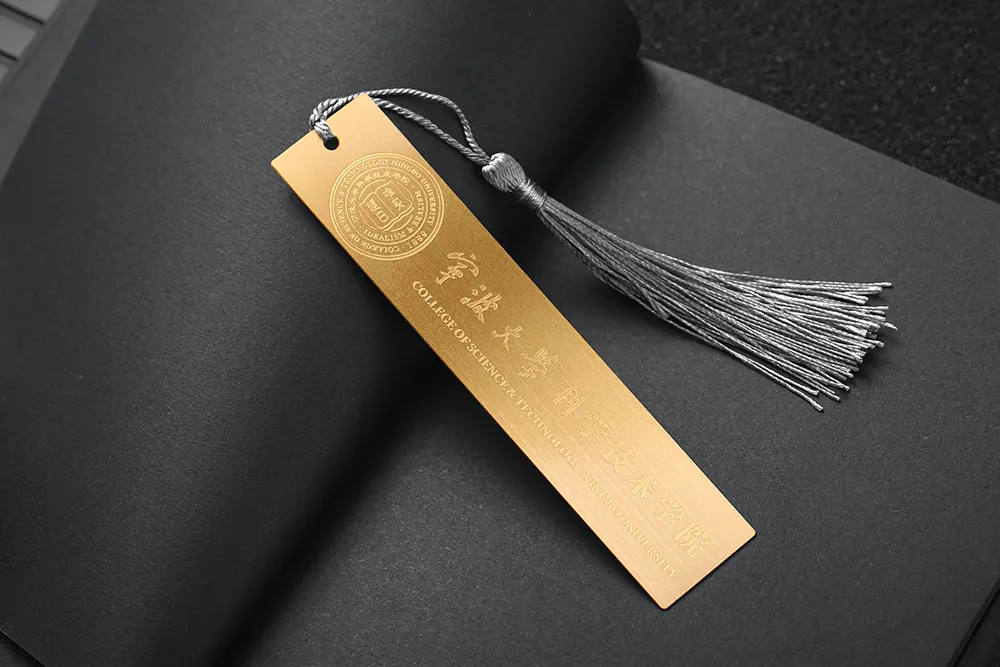Challenge coins carry weight beyond their metal composition. These small tokens represent recognition, camaraderie, and shared values across military units, first responder teams, and organizations worldwide. But the moment of presentation matters just as much as the coin itself.
Understanding the Significance Before You Present
Before handing over a challenge coin, recognize what you’re actually giving. These aren’t participation trophies or casual gifts. Each coin represents a moment of acknowledgment that the recipient will likely carry for years, maybe decades.
Challenge coins originated in military tradition, where they signified unit membership and exceptional service. Today, they’ve expanded into law enforcement, fire departments, corporate teams, and community organizations. Regardless of the setting, the presentation should match the gravity of what the coin represents.
The Traditional Handshake Presentation
The most recognized method involves a handshake. Here’s the proper technique:
Hold the coin in your right hand, concealed in your palm. When you extend your hand for a handshake, the coin should be pressed between your palm and the recipient’s. As you shake hands, make eye contact and verbally acknowledge the specific reason for the presentation. The recipient will feel the coin during the handshake, creating a moment of surprise and recognition.
This method works particularly well in informal settings or when you want to maintain a sense of tradition and discretion. The physical transfer through a handshake adds personal connection to the gesture.
Formal Ceremony Presentations
For retirement ceremonies, promotion events, or formal recognition occasions, a more visible presentation is appropriate. Stand facing the recipient, hold the coin between your thumb and forefinger so it’s clearly visible to everyone present, and state the specific achievement or contribution being recognized.
Hand the coin directly to the recipient, ensuring they can examine it. This moment should be photographed, as it often becomes a cherished memory. Allow time for the recipient to look at the coin and acknowledge the recognition before moving on.
What to Say During the Presentation
Generic praise diminishes the impact. Instead, mention specific actions, dates, or circumstances. For example: “This coin recognizes your leadership during the Henderson incident on August 12th, when your quick thinking prevented a serious safety issue.” Specific recognition makes the moment memorable and meaningful.
Informal Recognition Settings
Not every presentation requires a ceremony. Sometimes the most impactful moments happen in quiet, one-on-one settings. If you’re recognizing someone privately, sit down with them, explain why you’re presenting the coin, and hand it to them directly.
I once presented a coin to a volunteer coordinator who had organized community disaster relief efforts. We sat in a quiet corner of the community center after everyone had left. I explained how her organizational skills had made the difference between chaos and effective help for dozens of families. She later told me that private moment meant more to her than any public ceremony could have.
Timing Your Presentation
The right timing amplifies impact. Present coins as close to the recognized event as possible while the achievement is still fresh. Waiting months diminishes the connection between action and recognition.
However, some situations call for delayed presentations. If someone is going through a difficult period or facing challenges, presenting a coin that acknowledges their past contributions can provide meaningful encouragement. The key is intentionality about when and why you choose that specific moment.
Common Mistakes to Avoid
Don’t mass-distribute challenge coins like business cards. Each presentation should feel individual and earned. Handing out coins indiscriminately devalues them for everyone who receives one.
Avoid surprise public presentations for people who dislike attention. Some individuals prefer private recognition. Know your recipient and choose your presentation style accordingly.
Never use a challenge coin as a consolation prize or participation award. These tokens should mark genuine achievement, not soften disappointment or make everyone feel included.
After the Presentation
The moment doesn’t end when the coin changes hands. Give the recipient time to examine it, ask about its design elements, and share the story behind the coin if it has one. Many challenge coins feature specific symbols, unit insignias, or mottos that carry their own significance.
If you’re presenting to someone unfamiliar with challenge coin tradition, briefly explain the history and what receiving one means. This context transforms a nice gesture into a meaningful tradition they’re now part of.
Building Your Own Presentation Style
While tradition provides structure, authentic presentations come from genuine recognition. Whether you choose the handshake method, formal ceremony, or quiet conversation, the critical elements remain the same: specificity about what’s being recognized, sincerity in the delivery, and respect for the weight of the gesture.
The coins themselves will sit on desks, rest in pockets, or display on shelves. But the moment of presentation lives in memory. Make that moment count by presenting with intention, clarity, and genuine appreciation for the person receiving it.
Challenge coins work because they transform abstract appreciation into tangible recognition. The presentation is where that transformation happens, where you convert thought into action and acknowledgment into memory. Done right, both the giver and receiver will remember that moment long after the coin has found its permanent home.
















